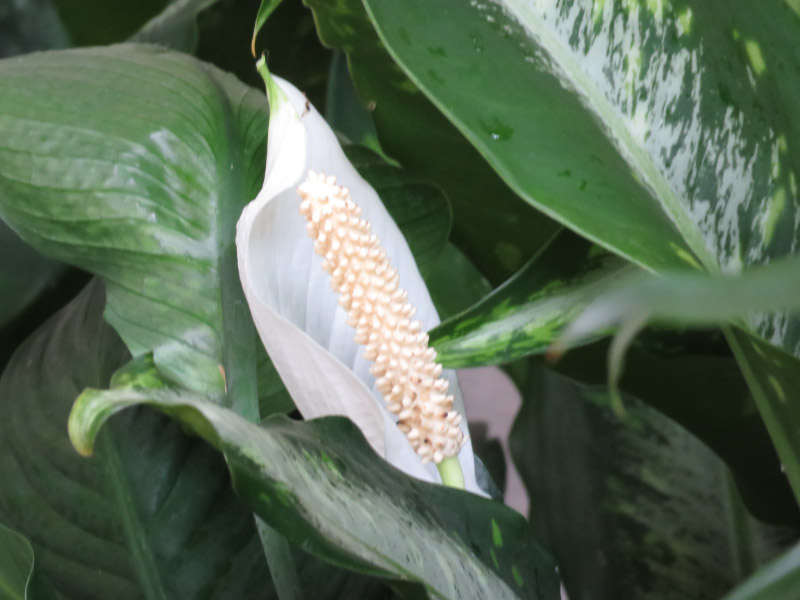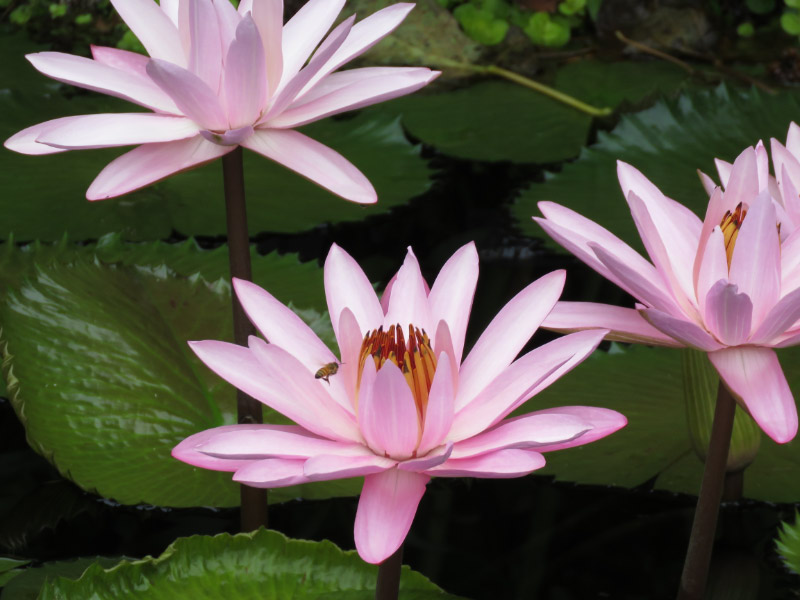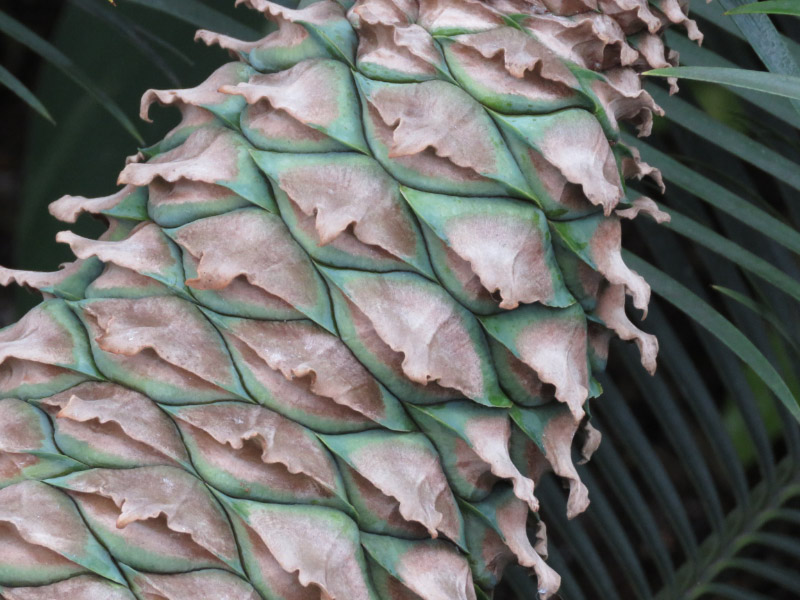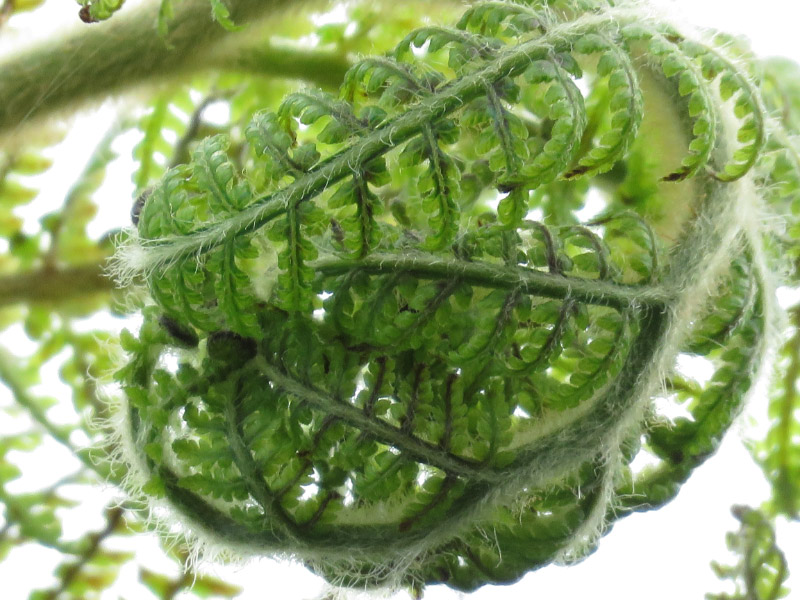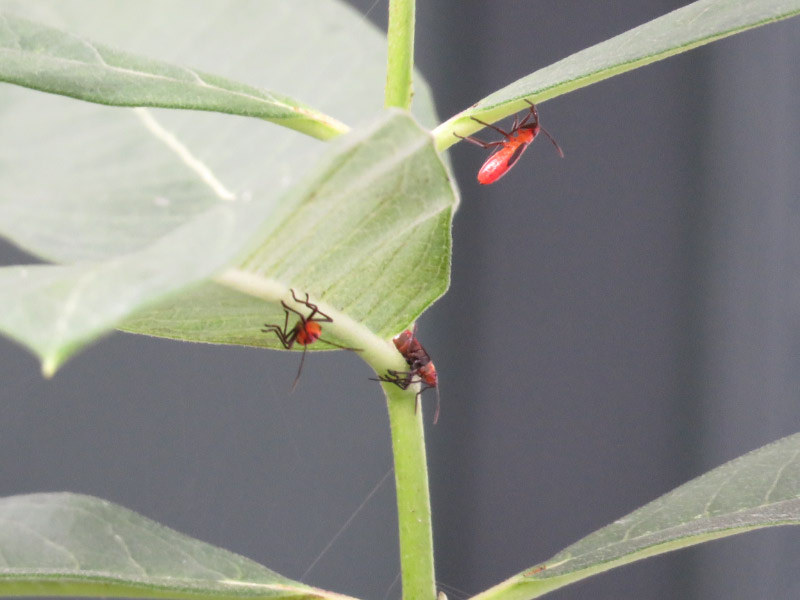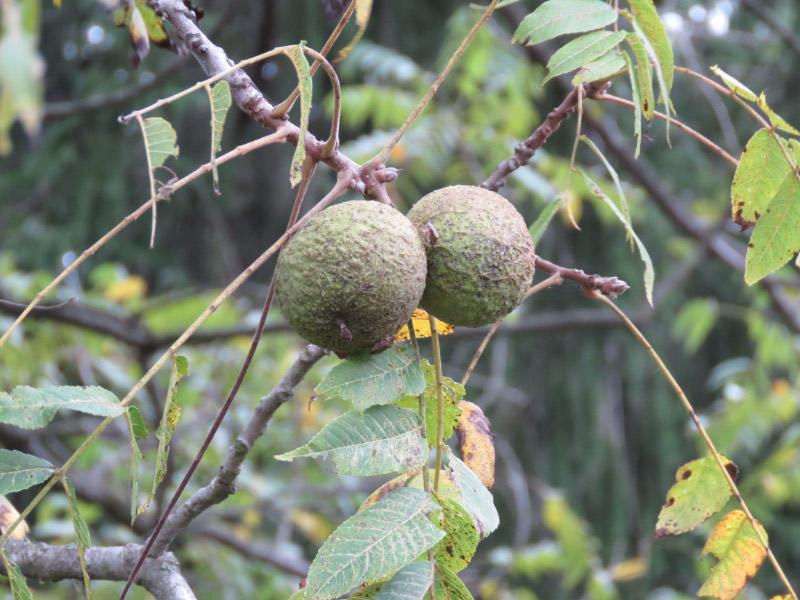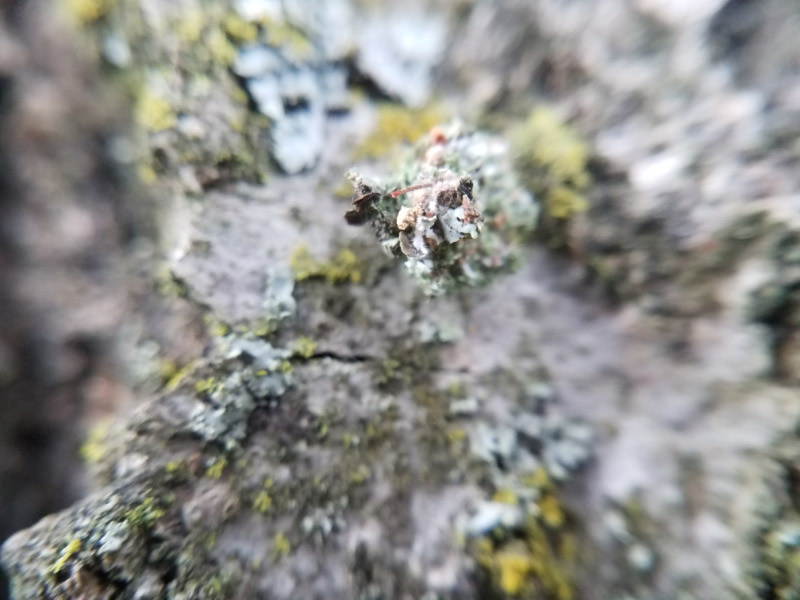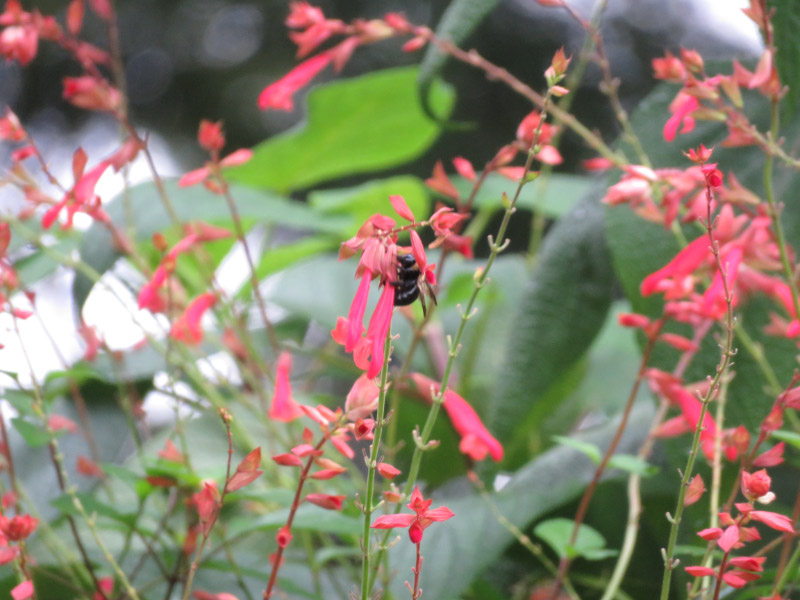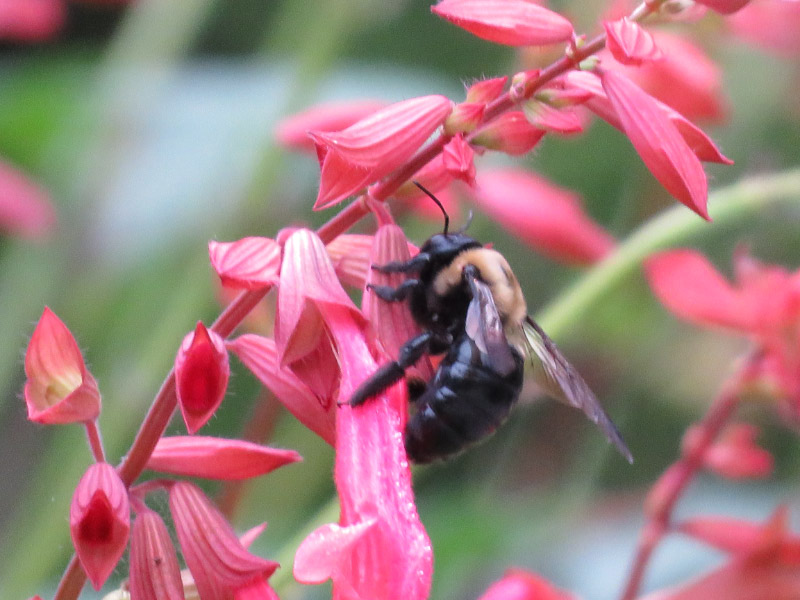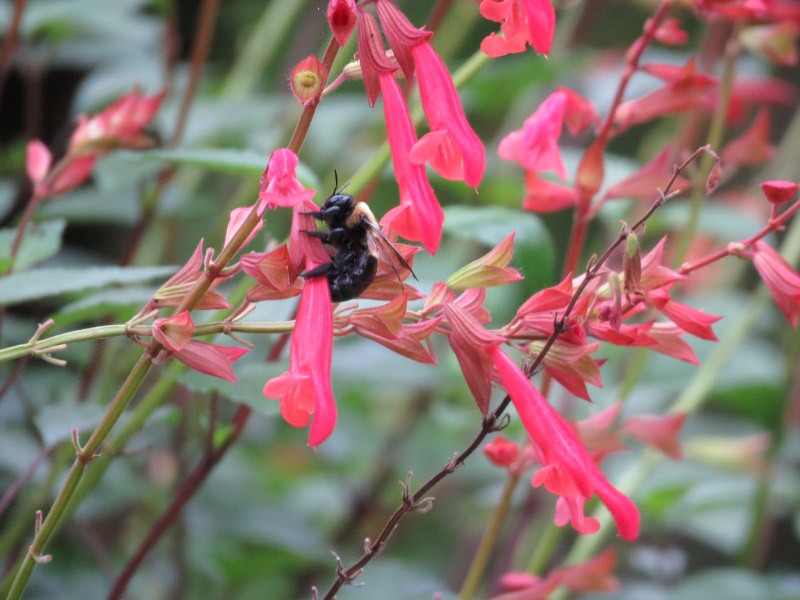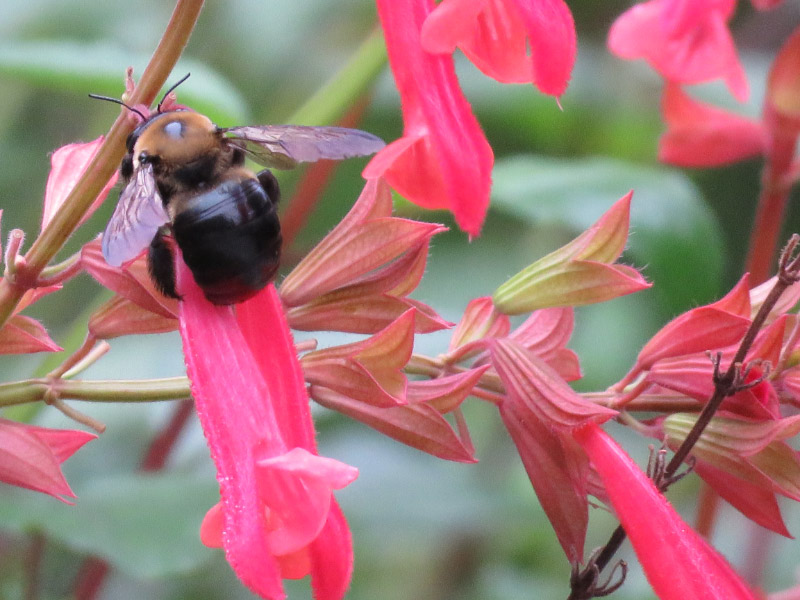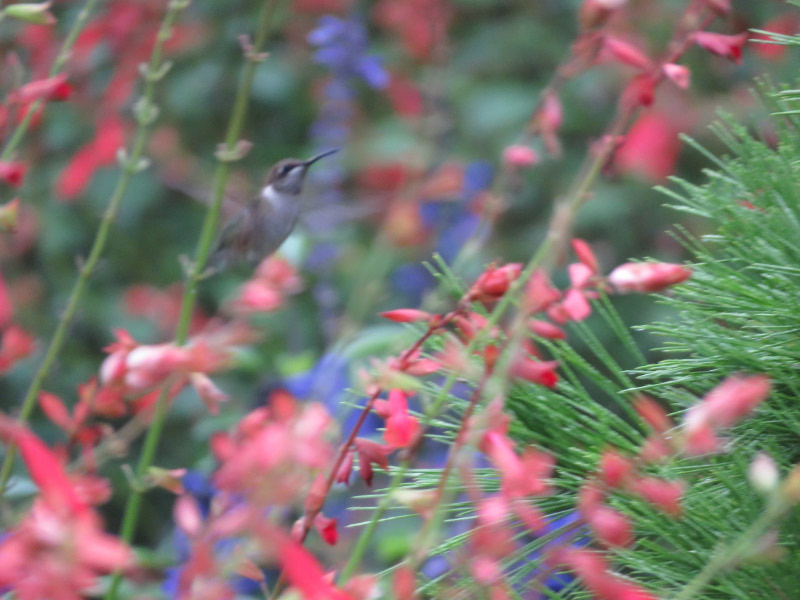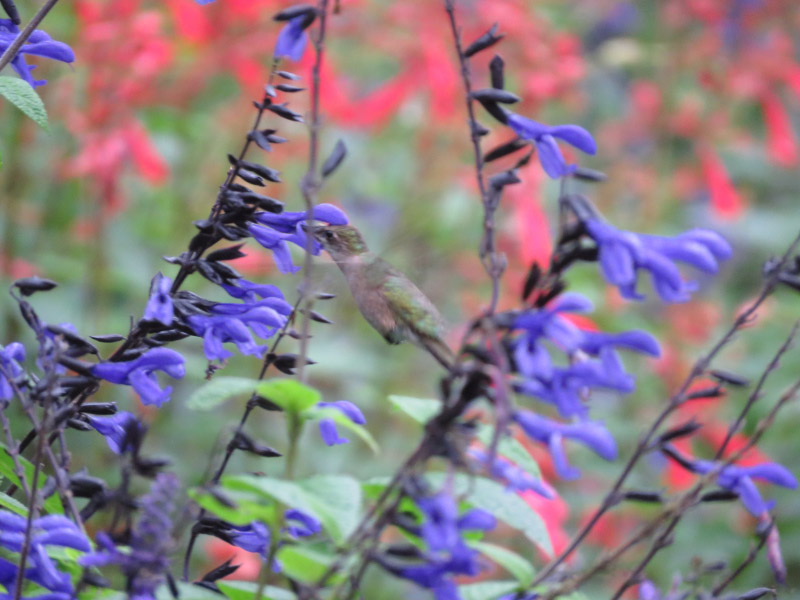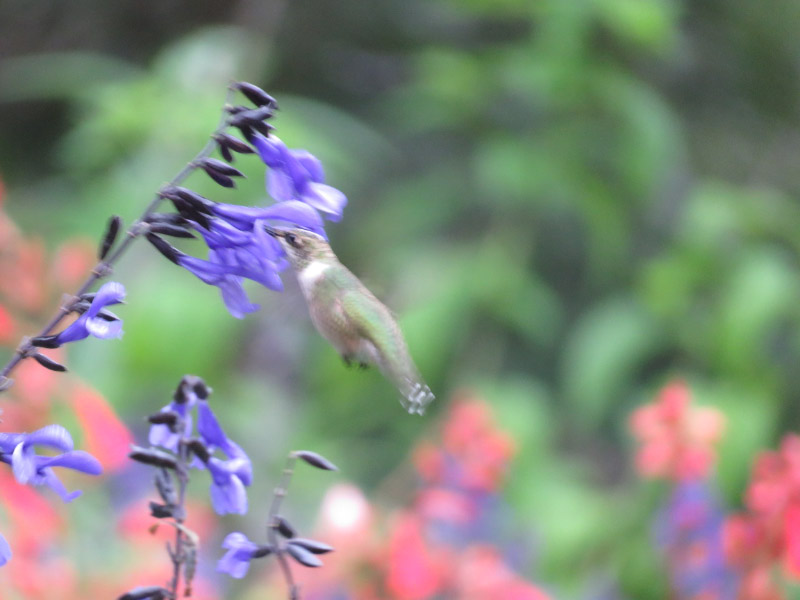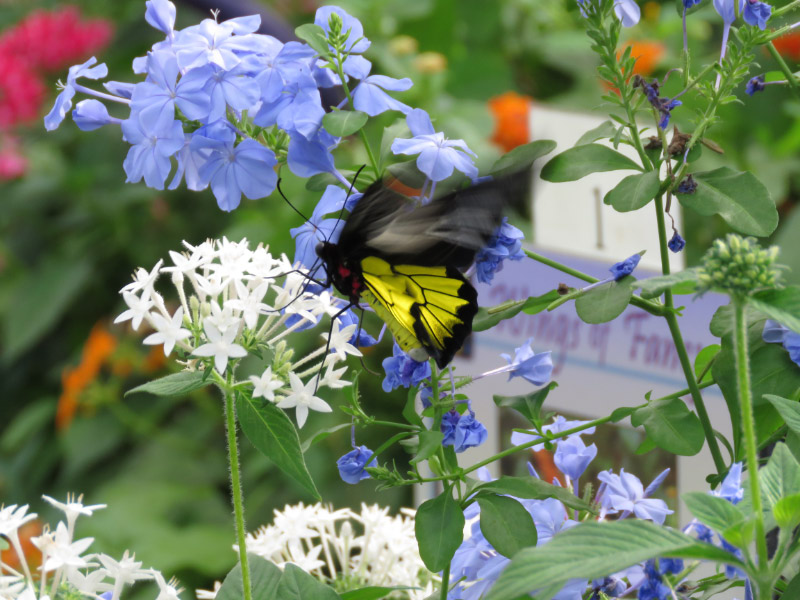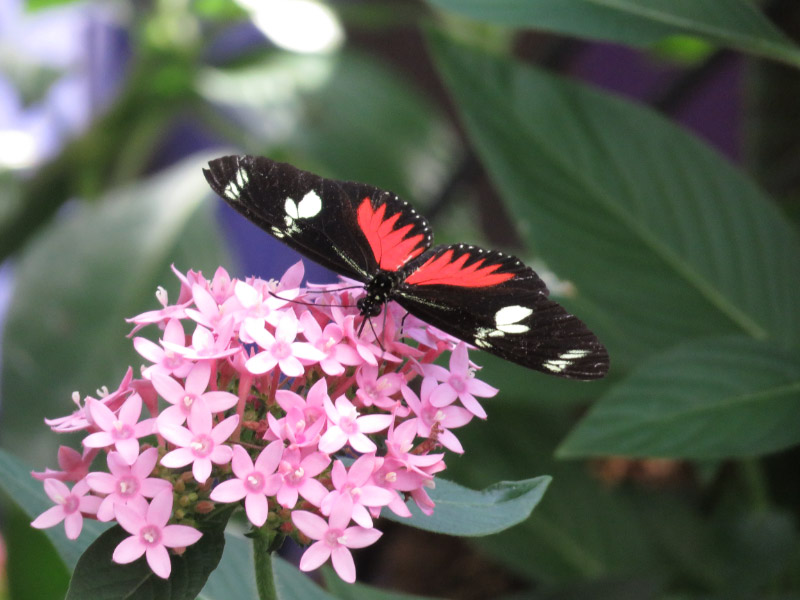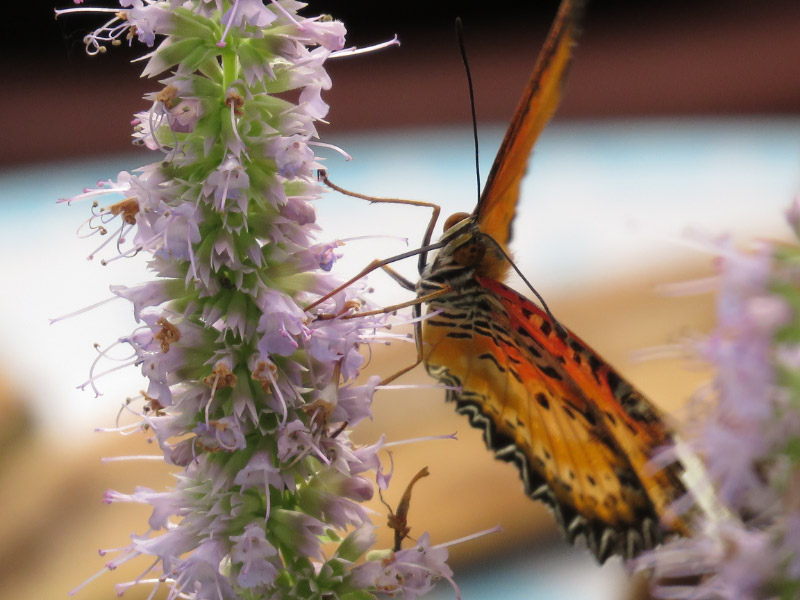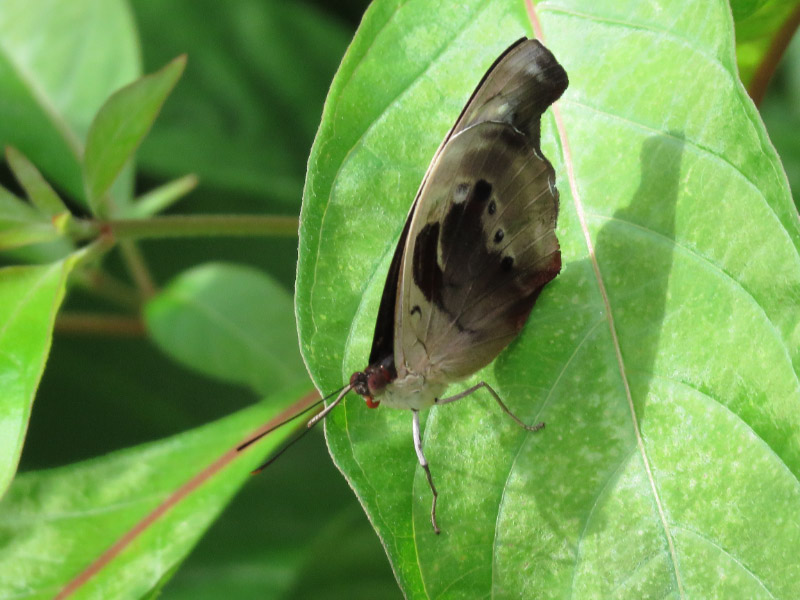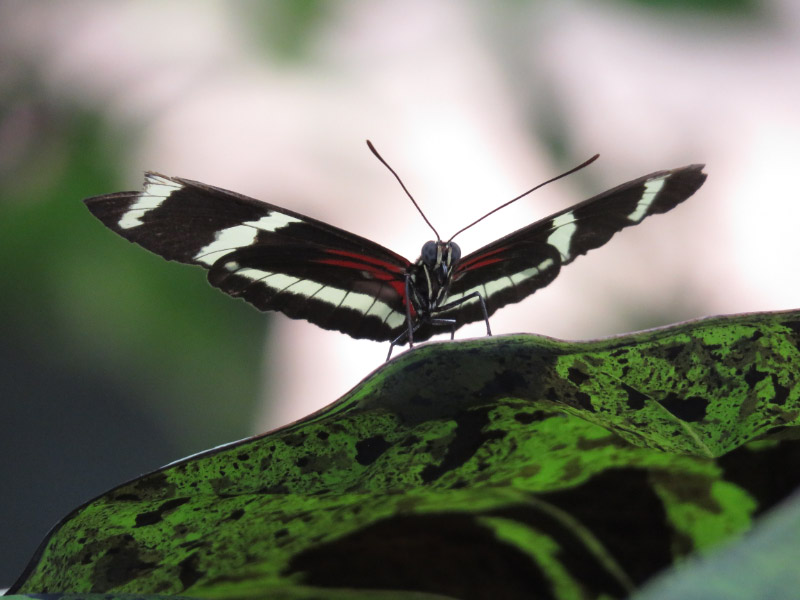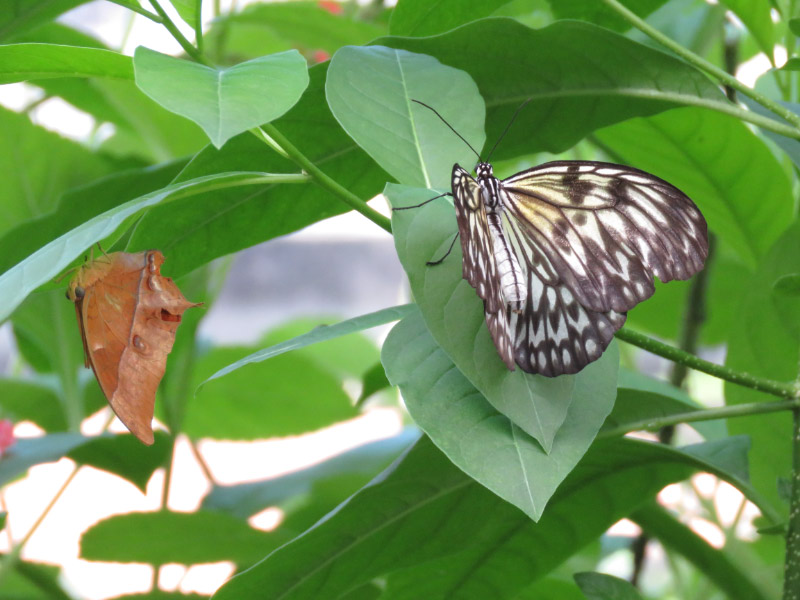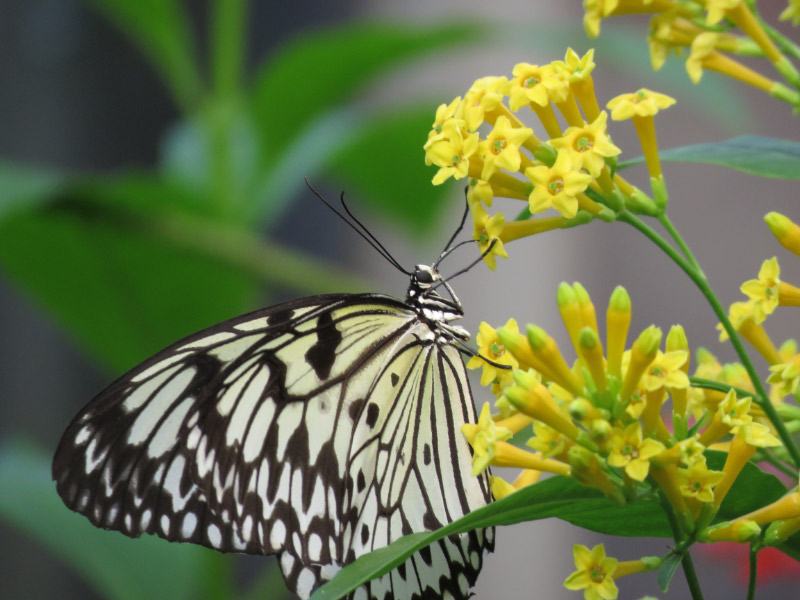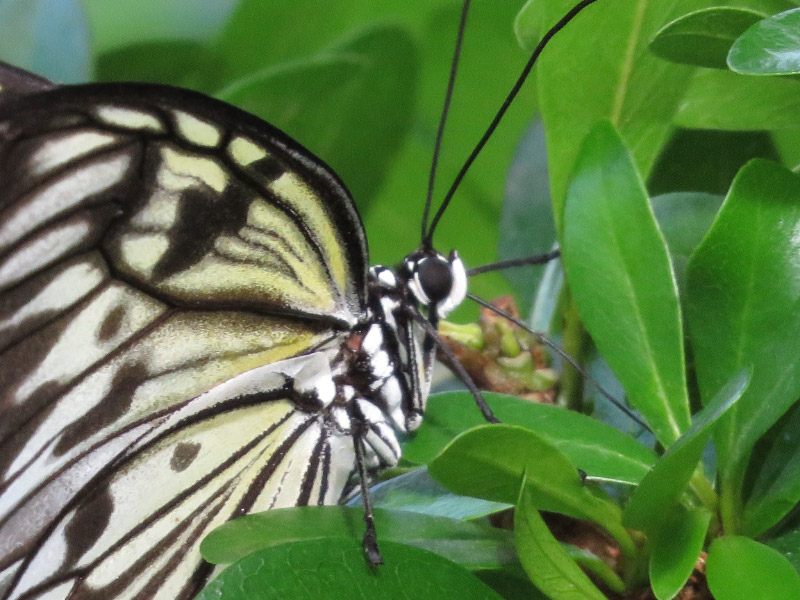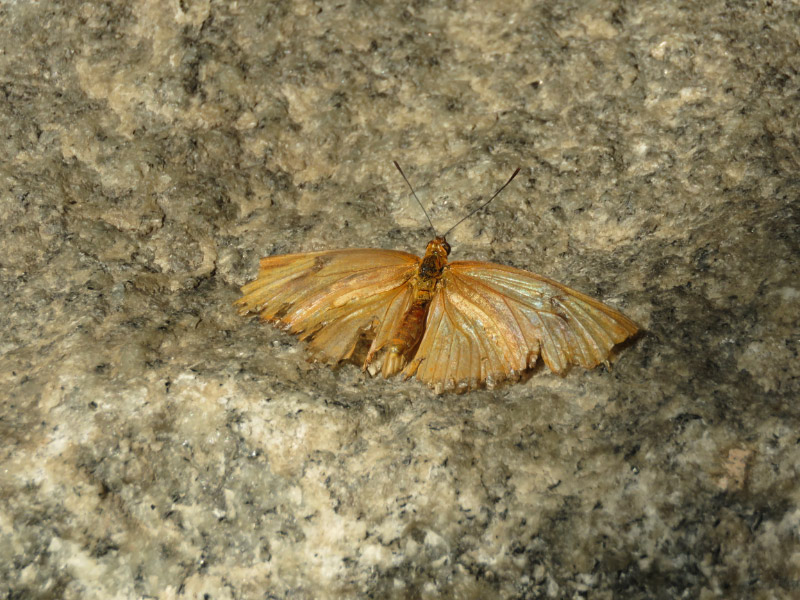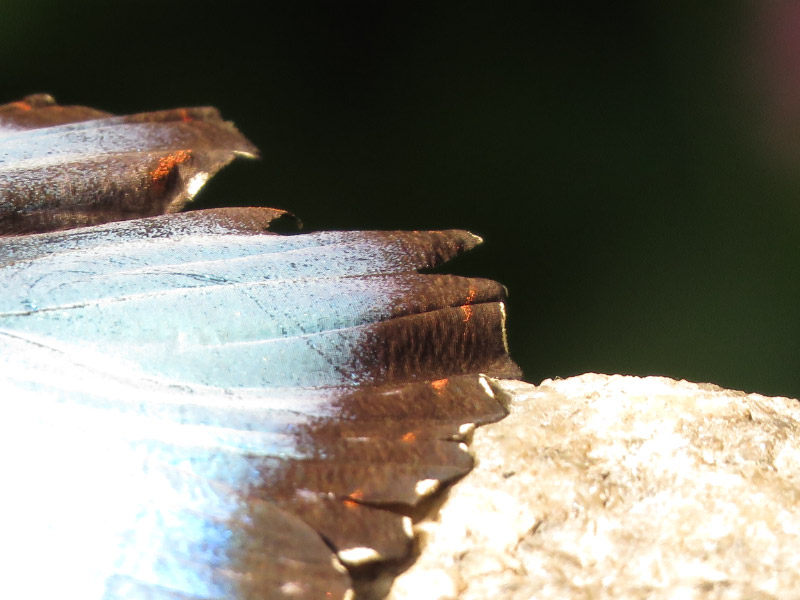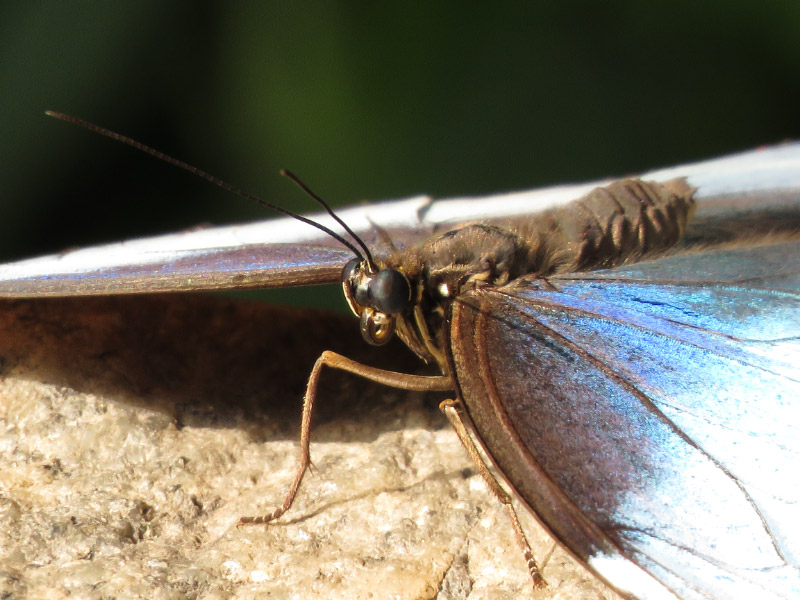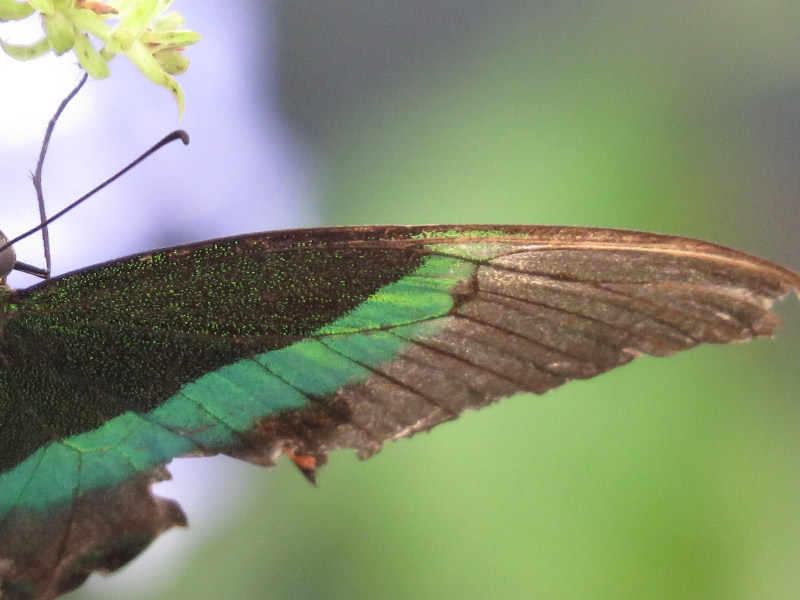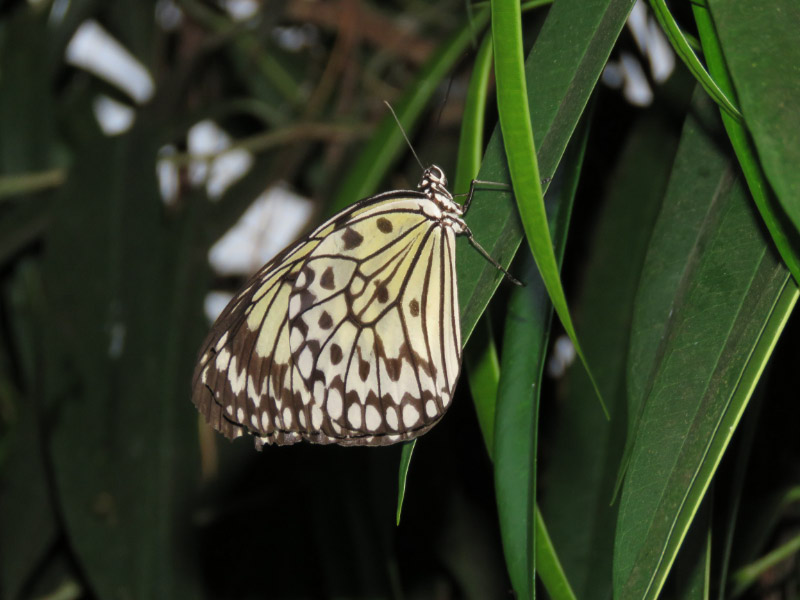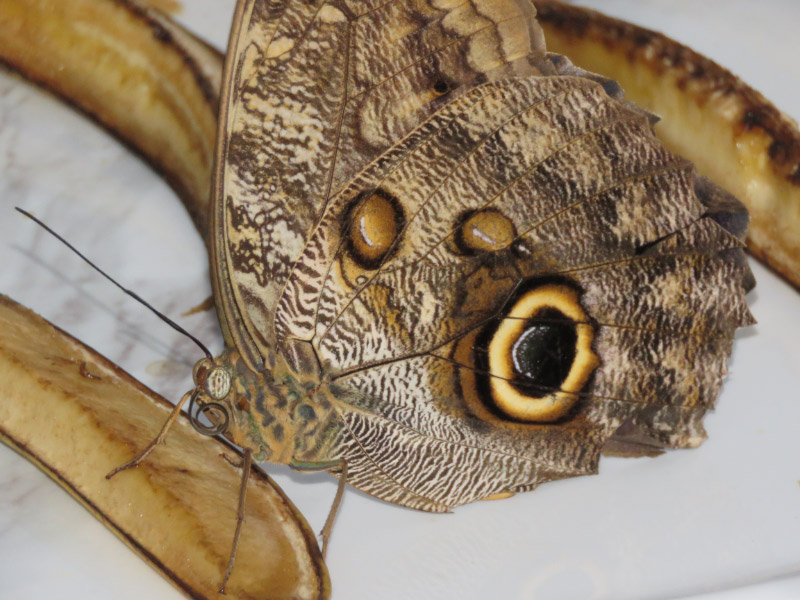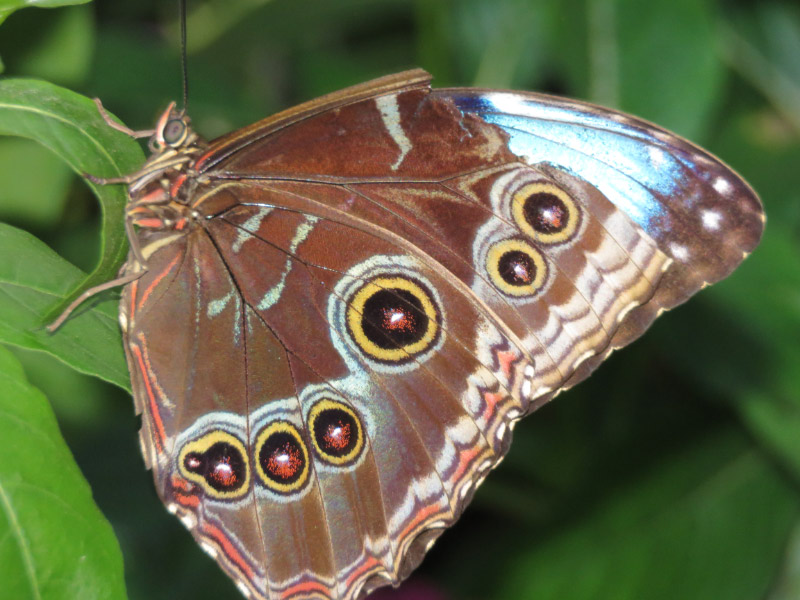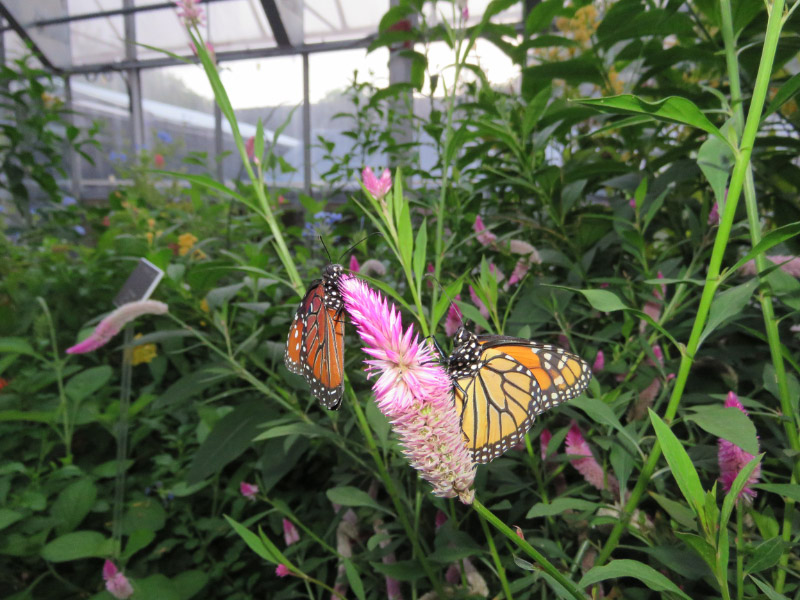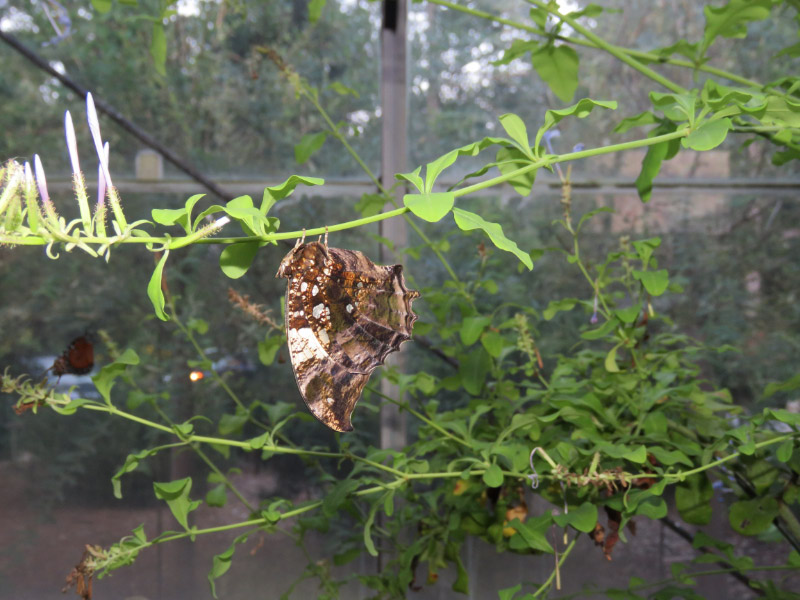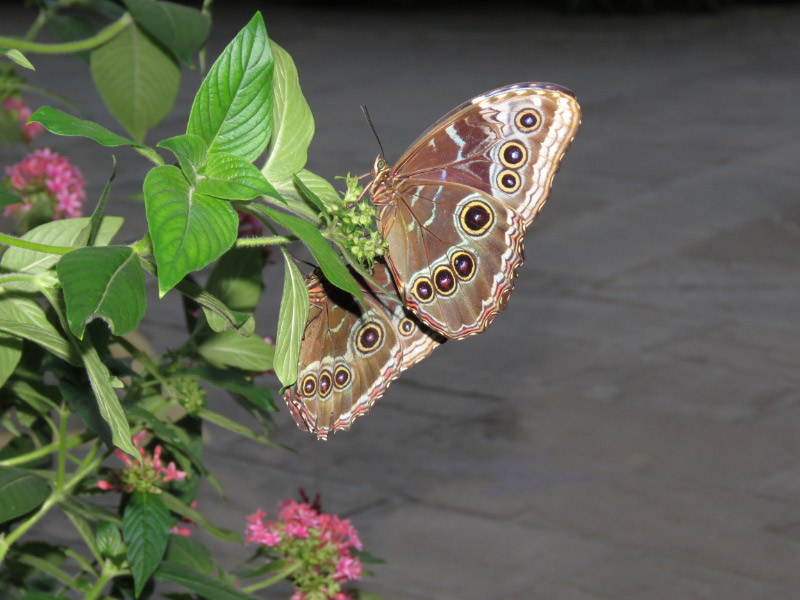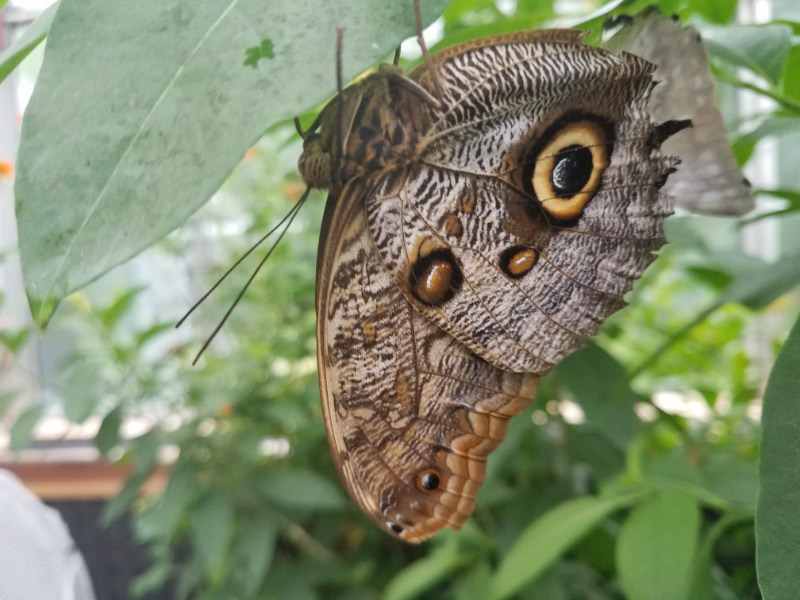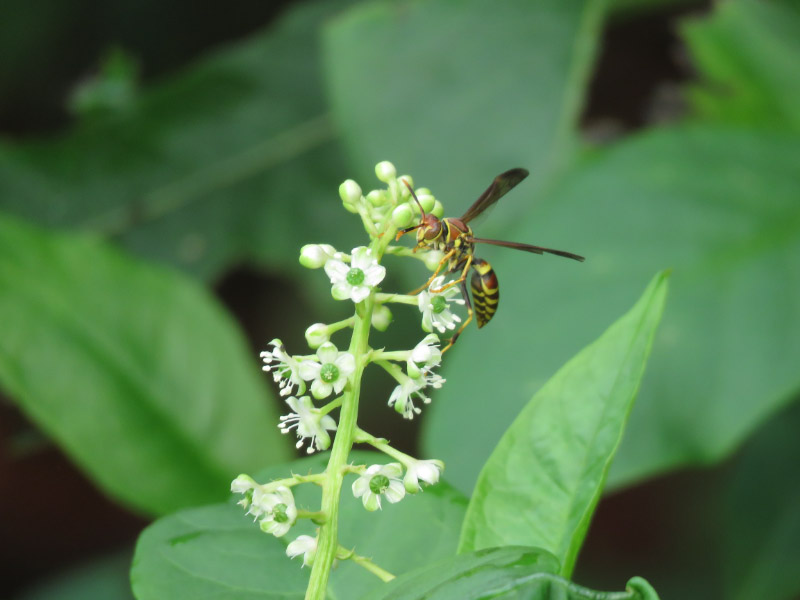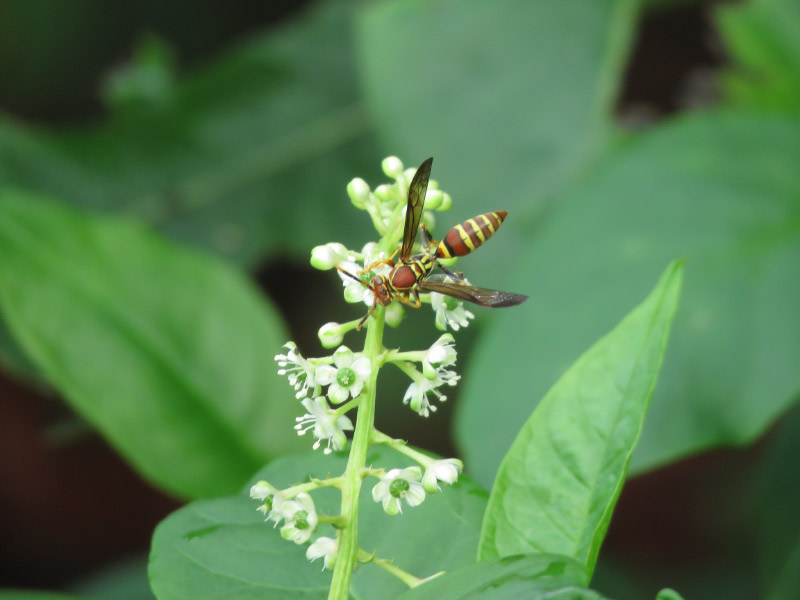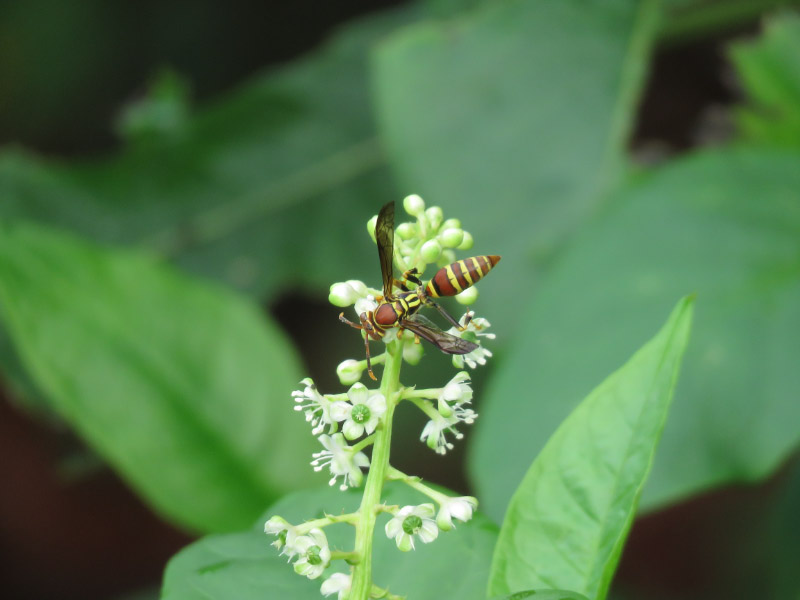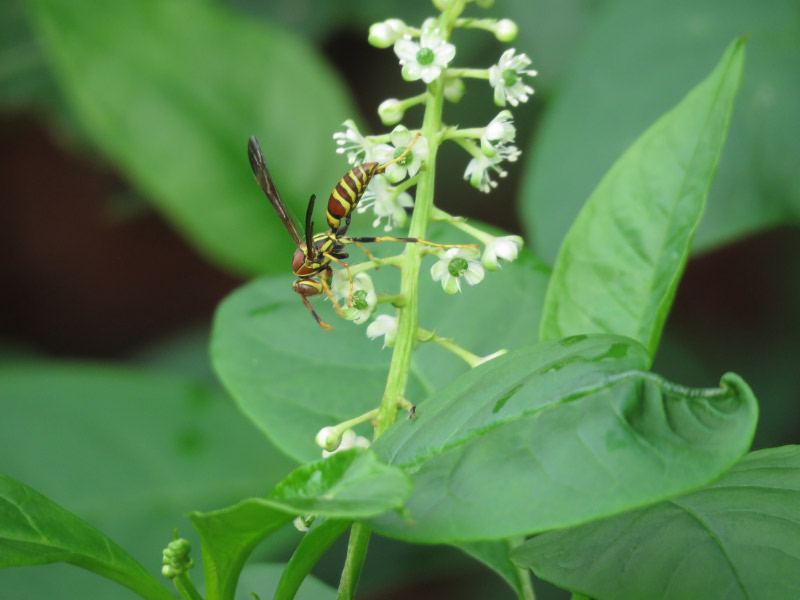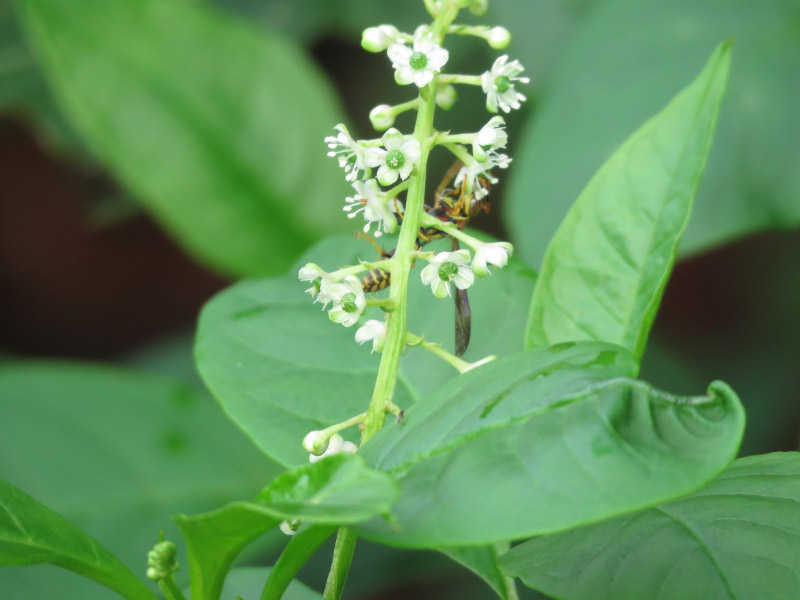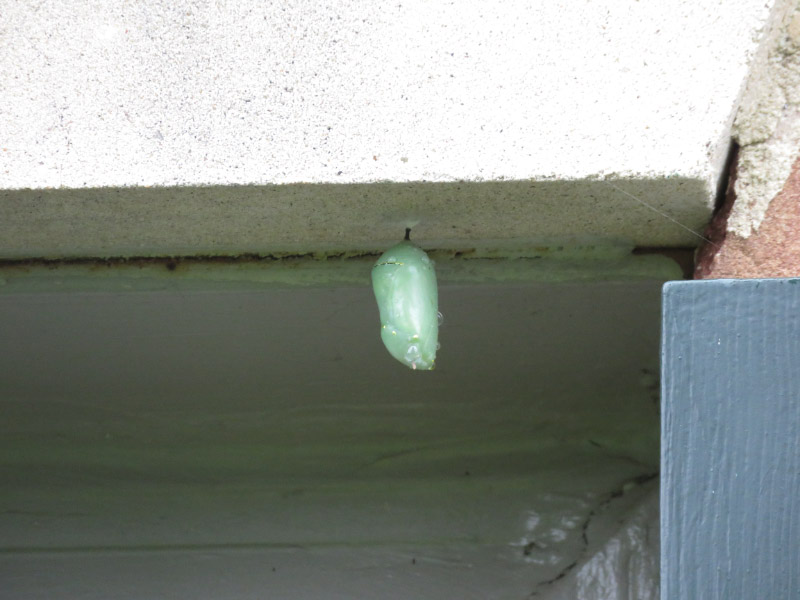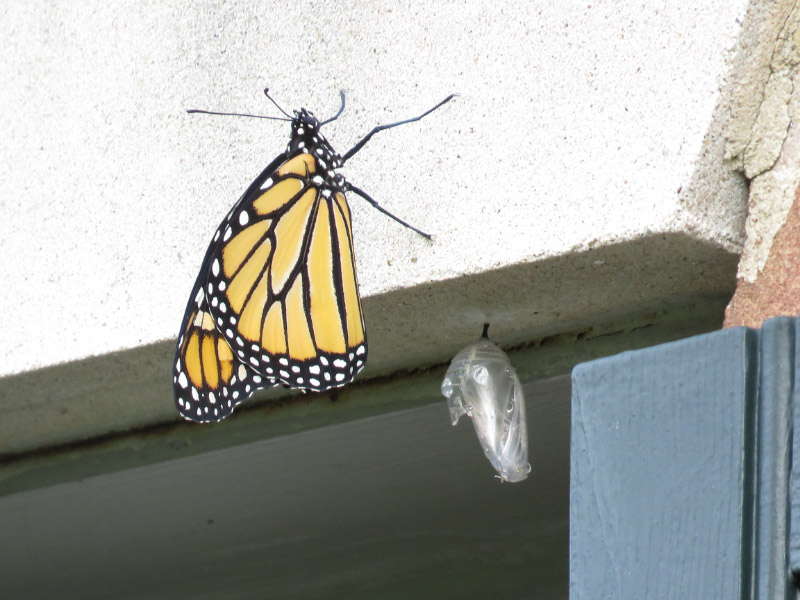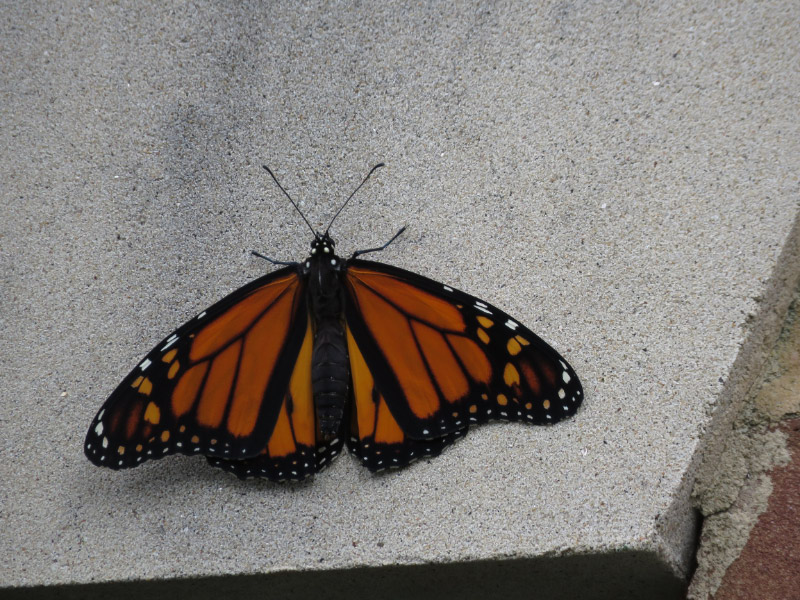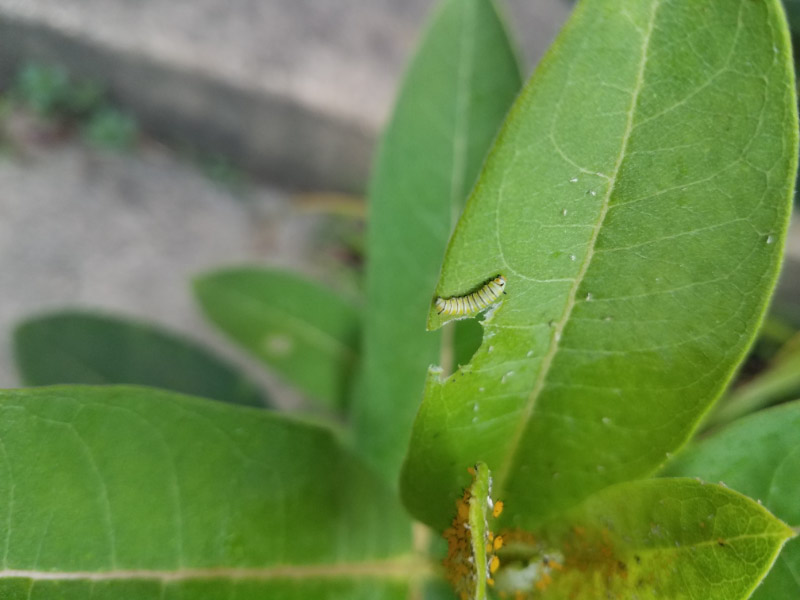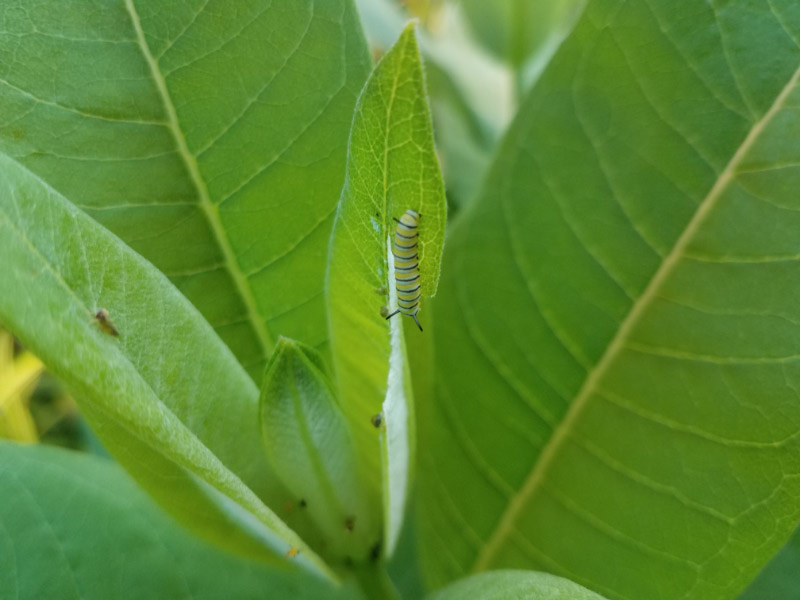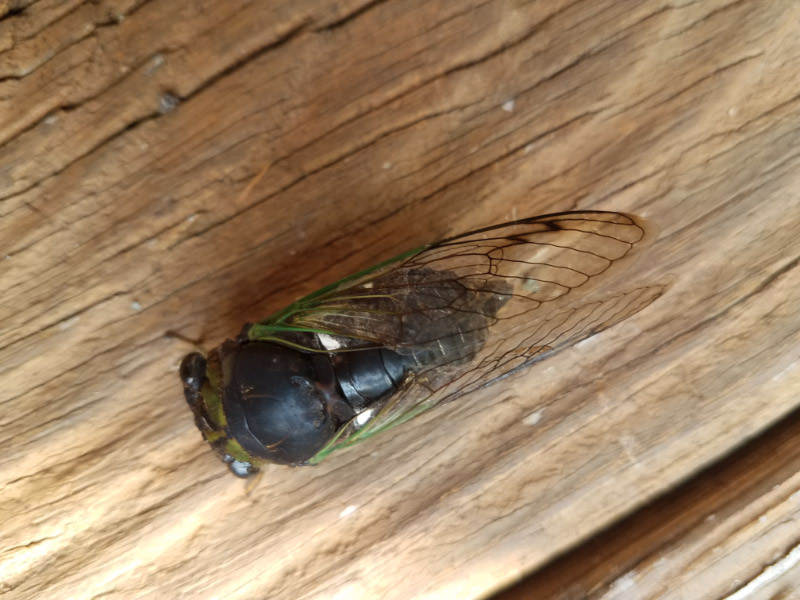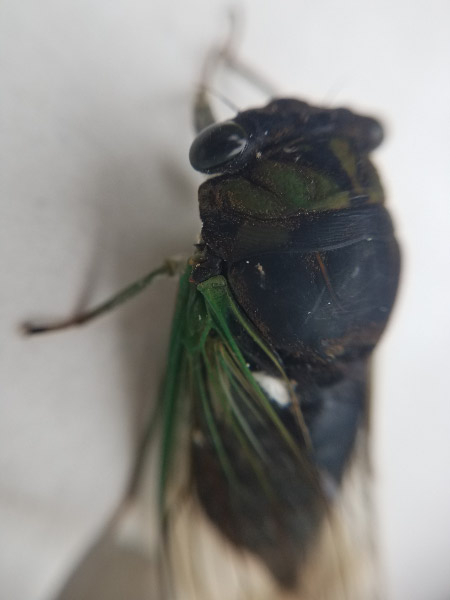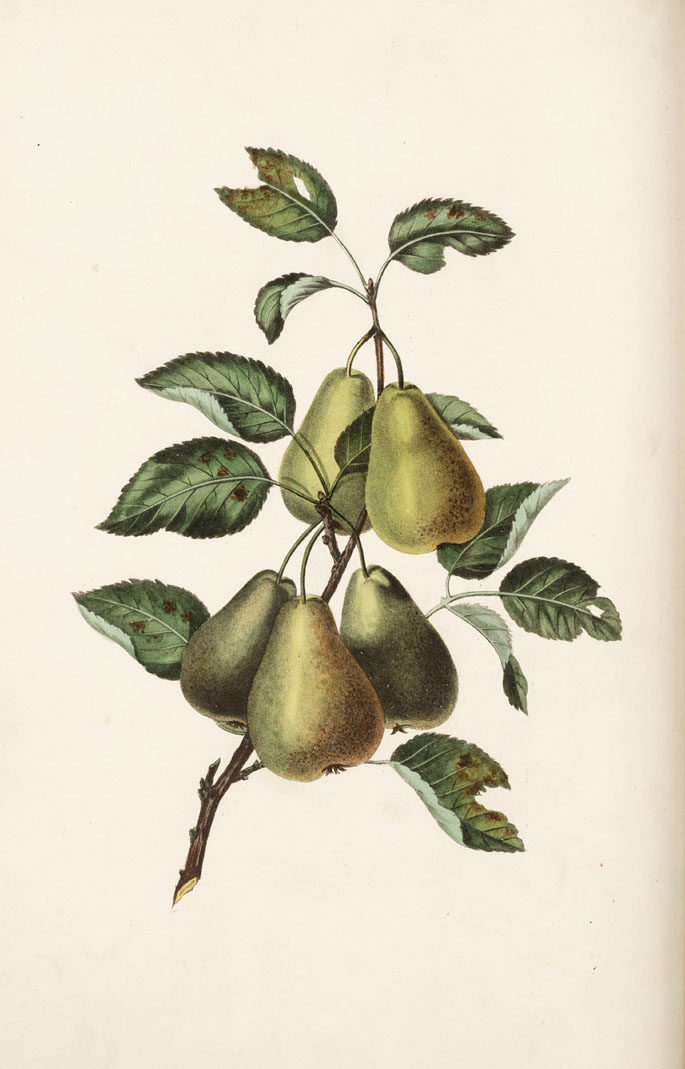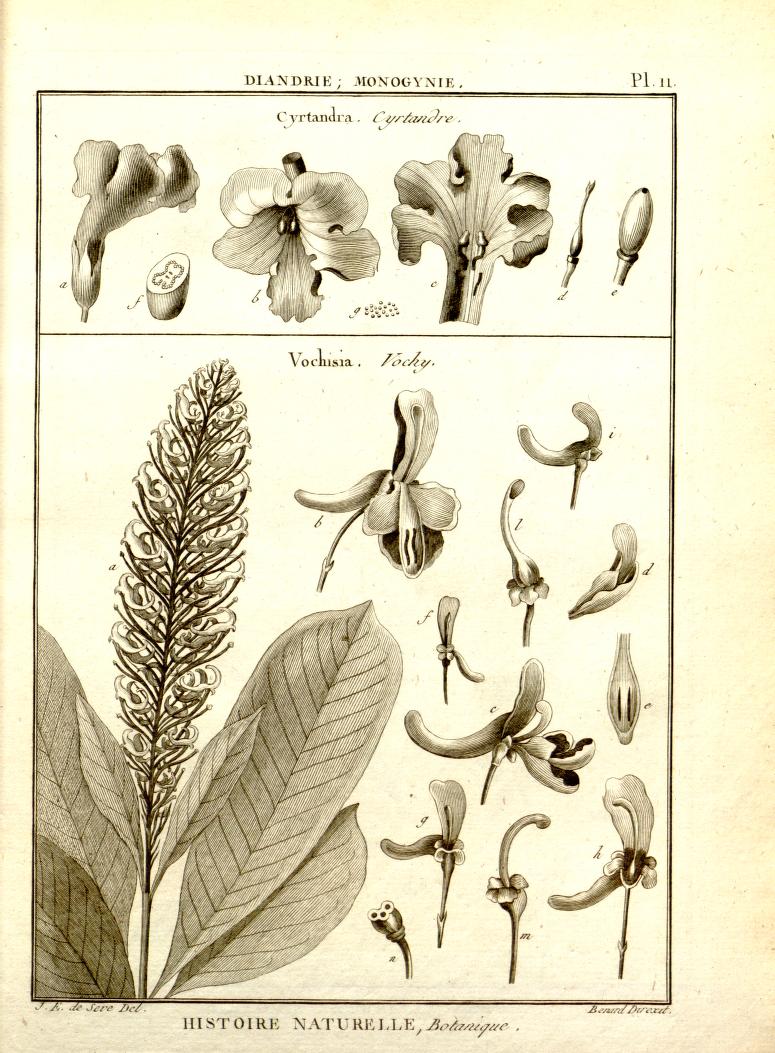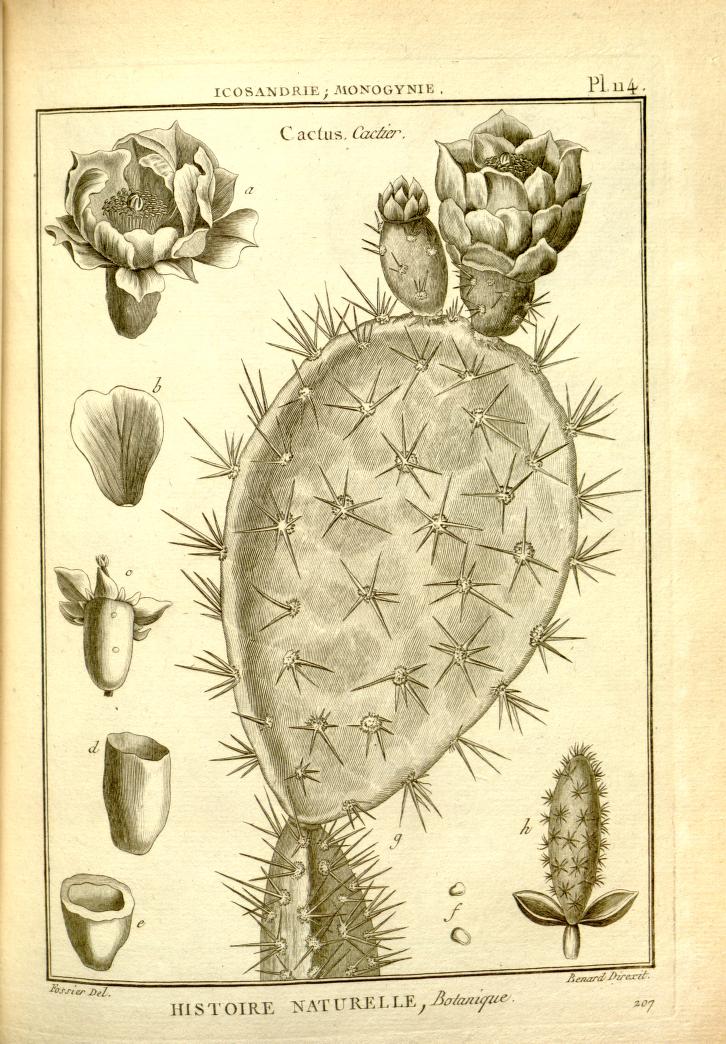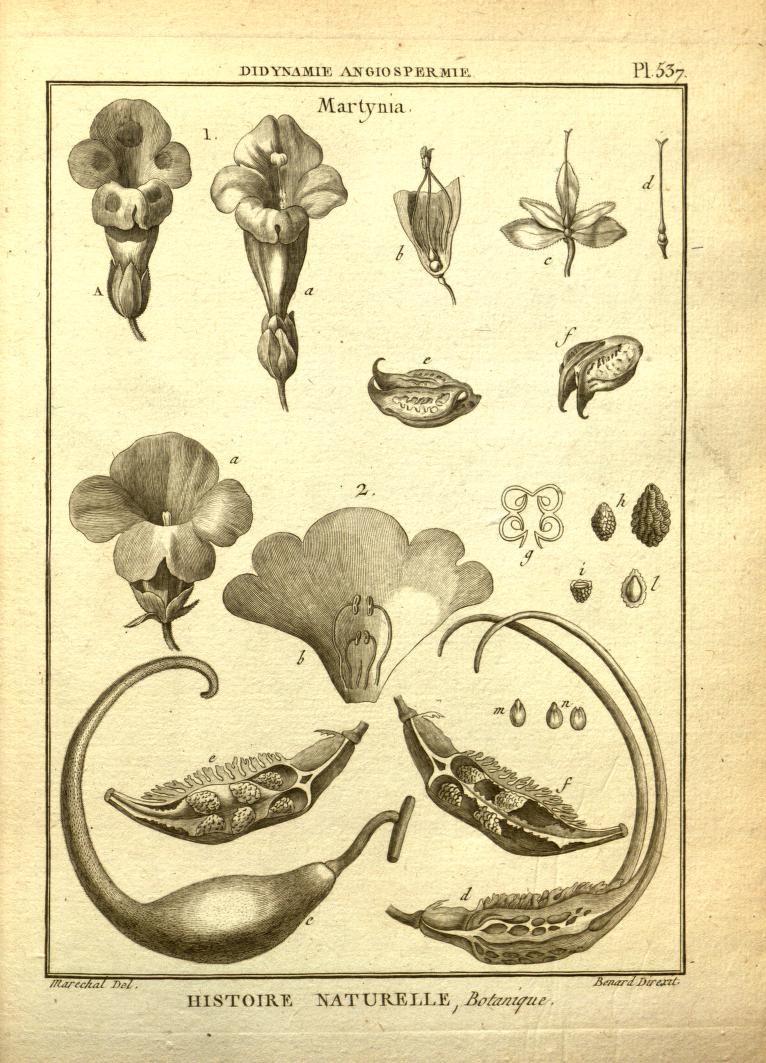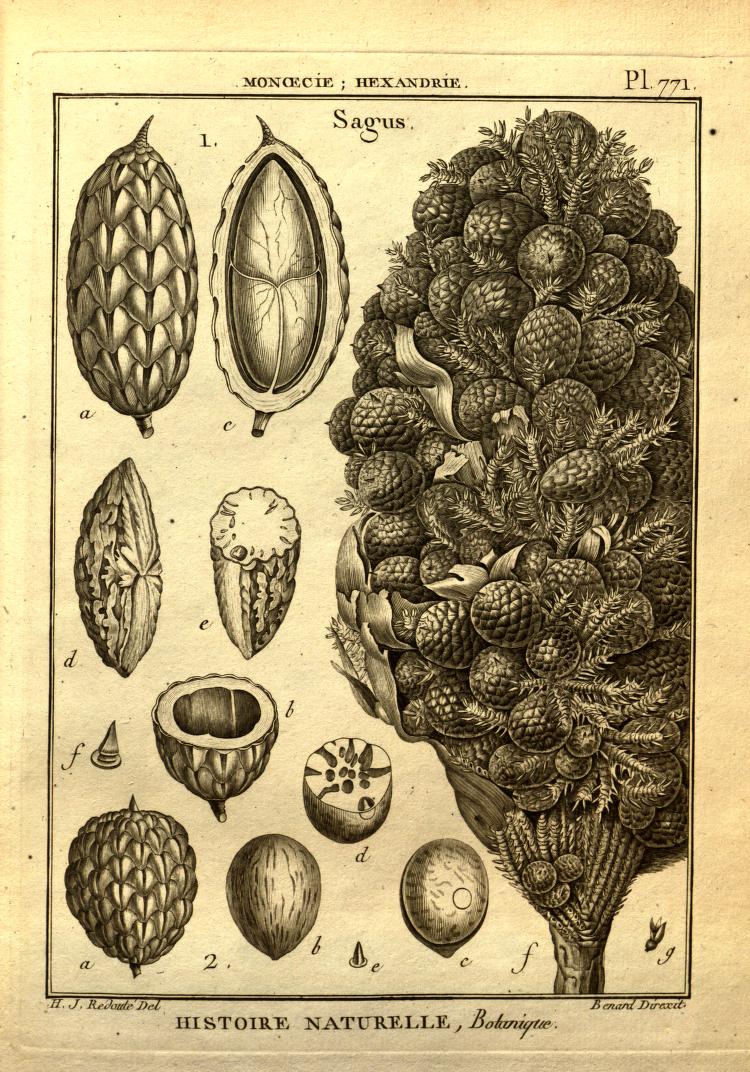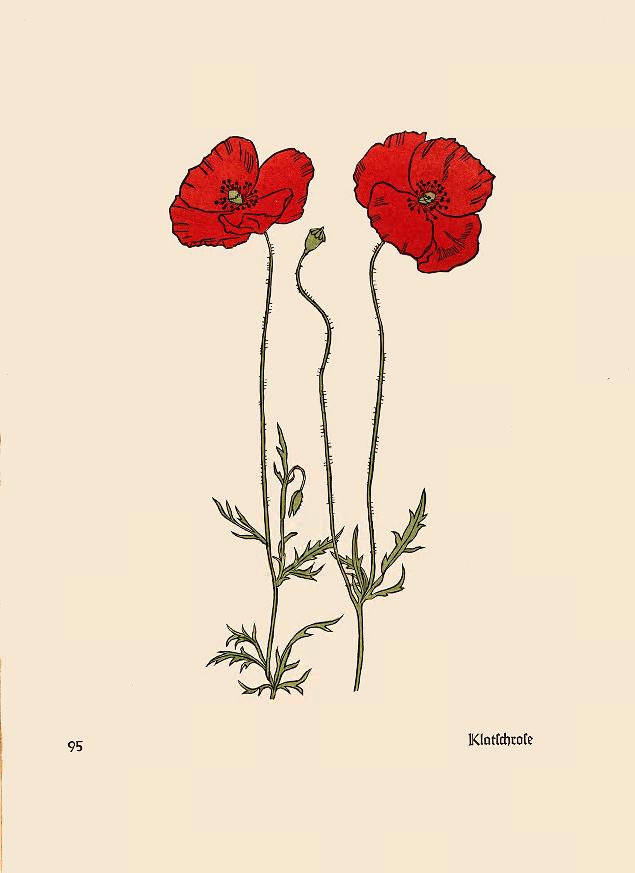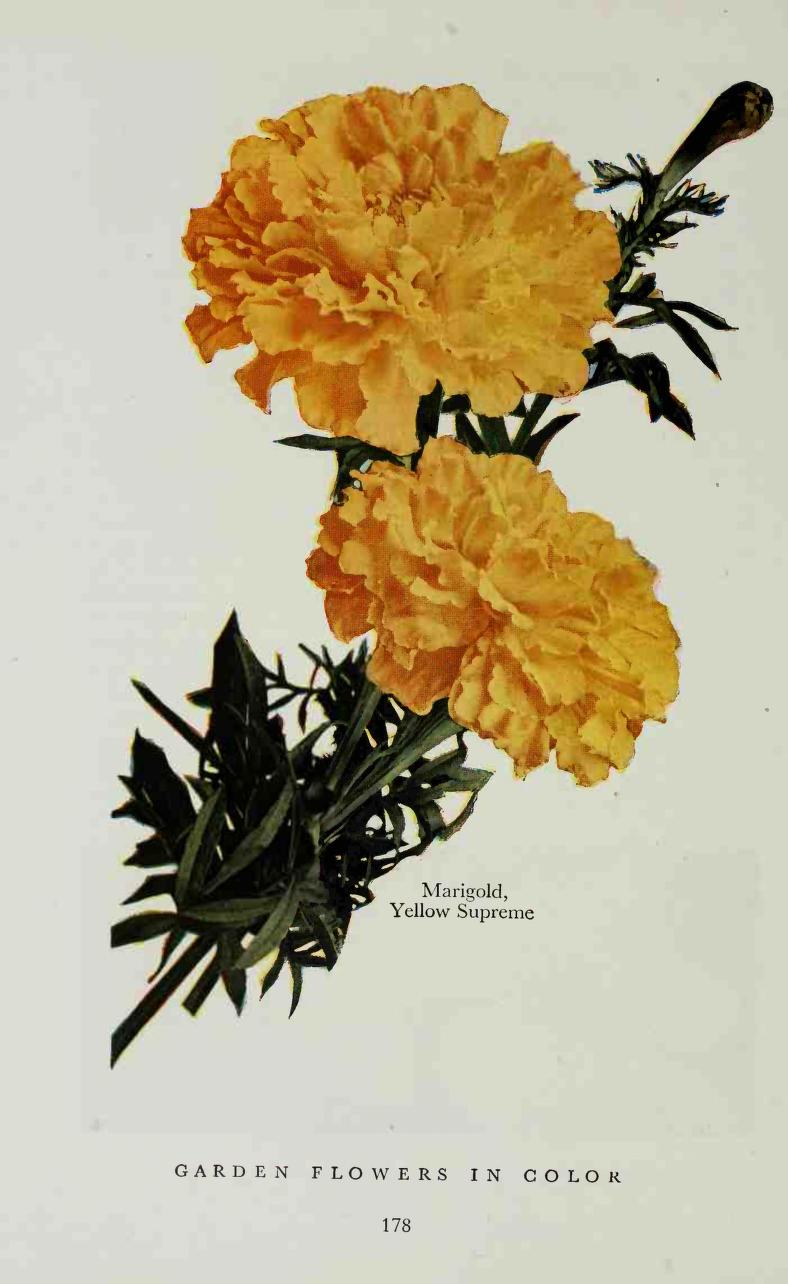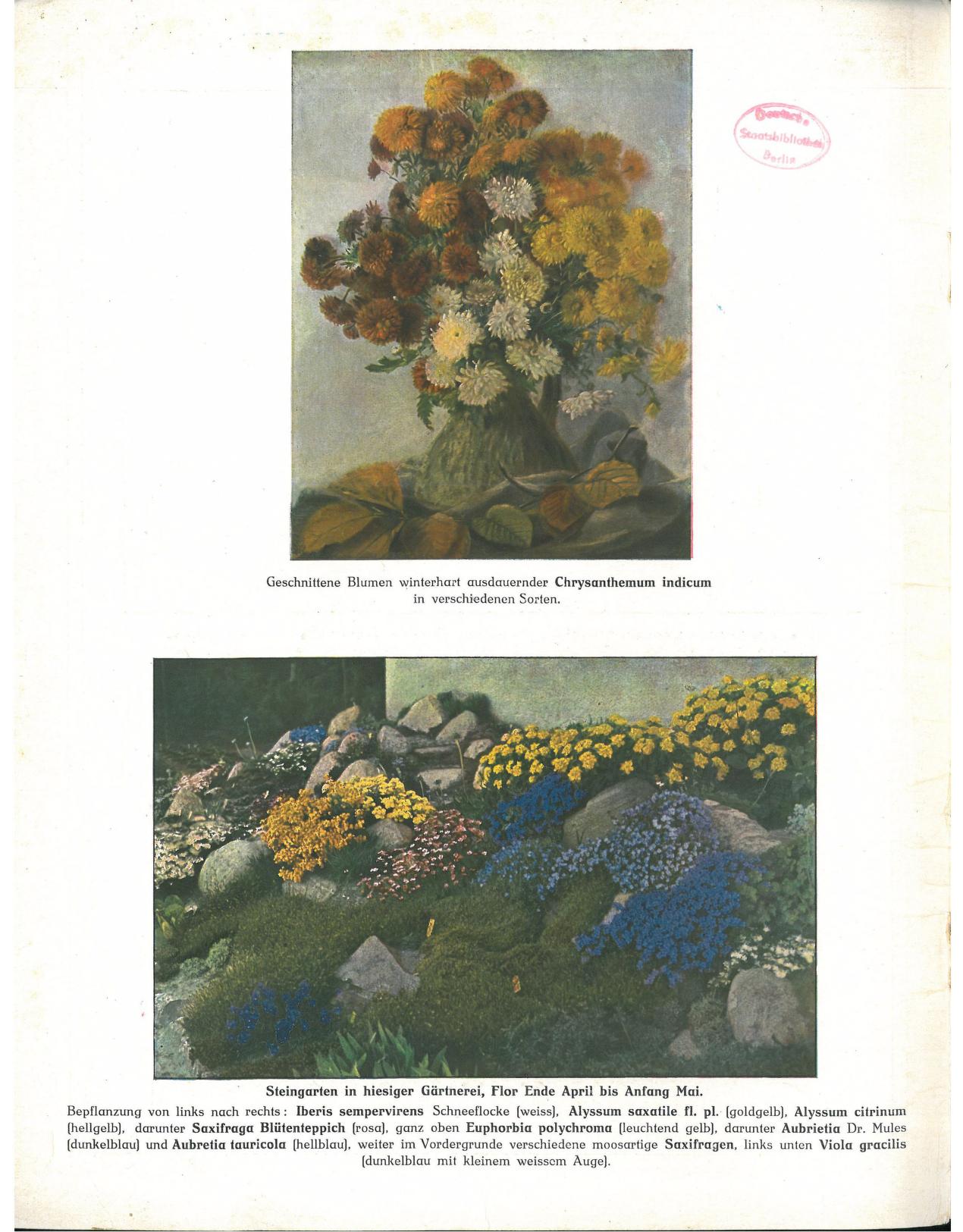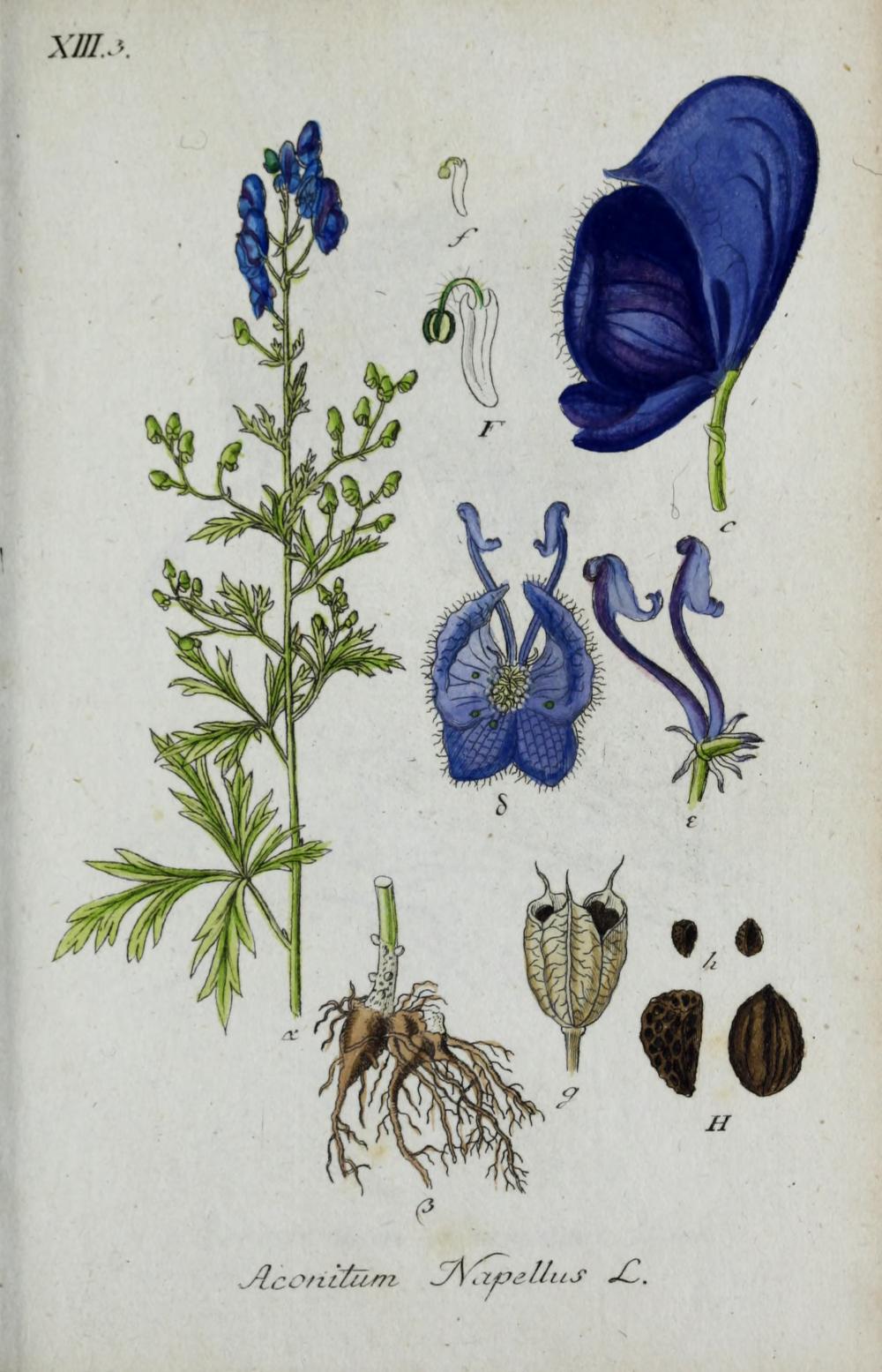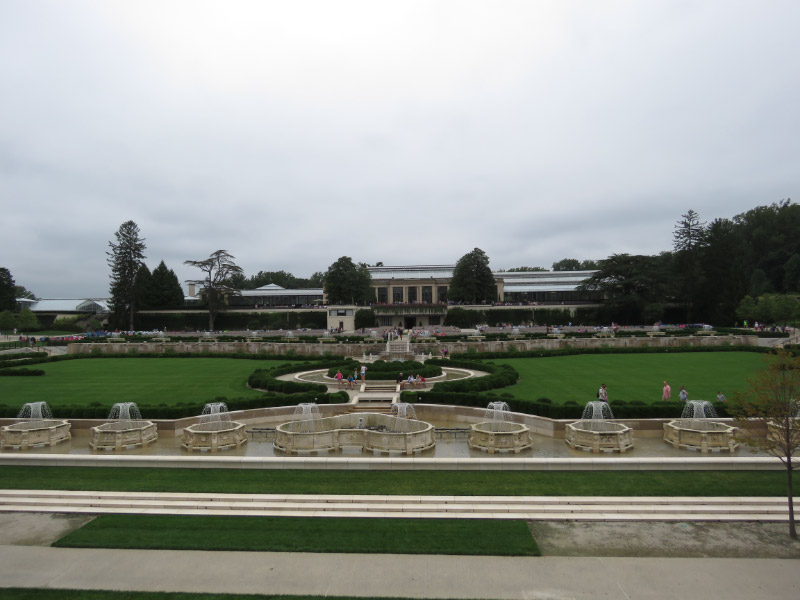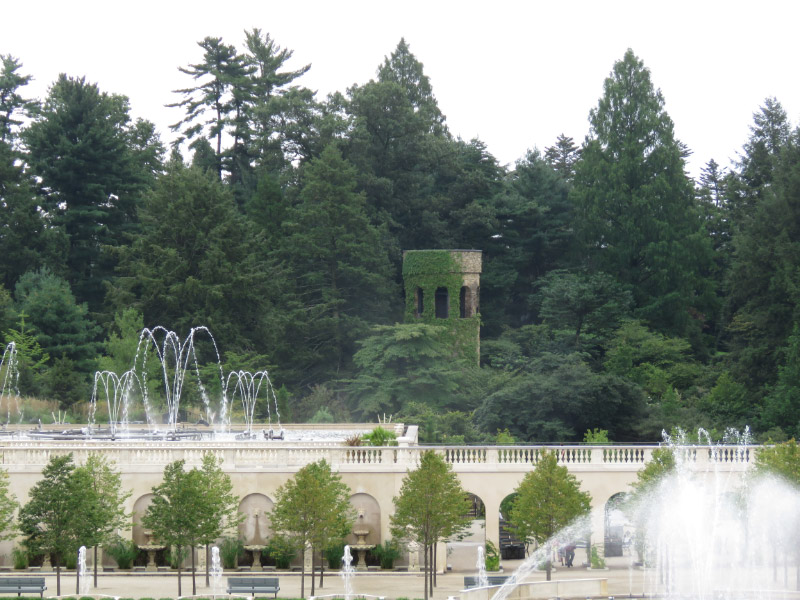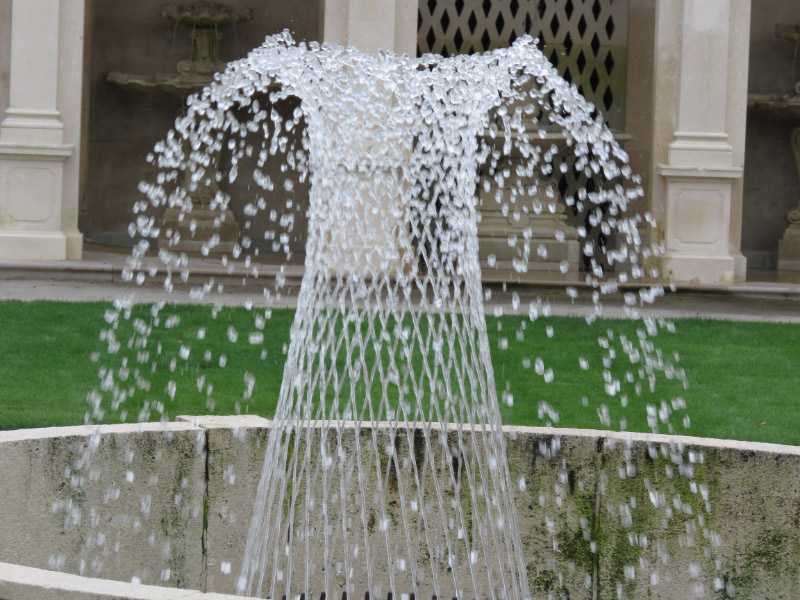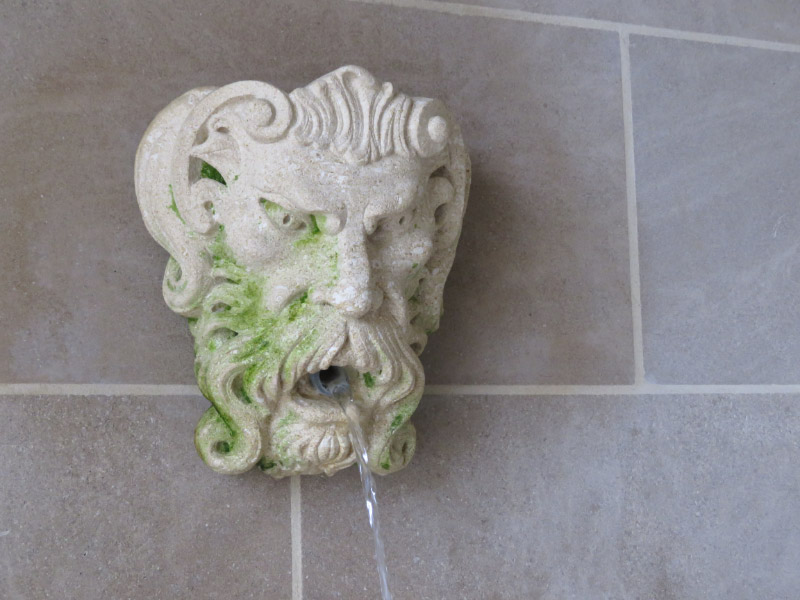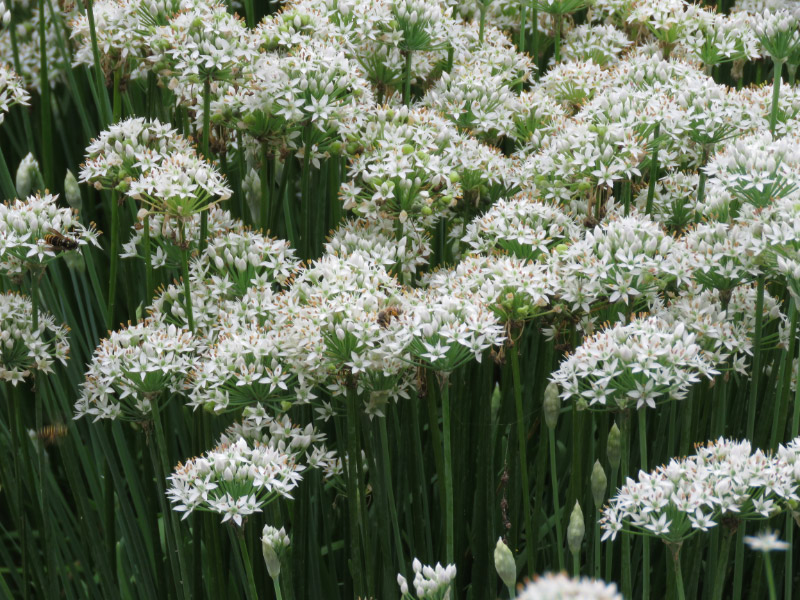Ten Little Celebrations – September 2018
/Every month when I look at the notes I’ve made for each day of little celebrations – I enjoy them again. Many times, it’s hard to pick just 10 for this blog post. Here are the picks for September 2018:
Volunteering on the last day of Brookside Gardens Wings of Fancy exhibit – It was good to be there for the good-bye day…and know that the next exhibit will open again in April. I enjoy being in the butterfly house and interacting with visitors…it’s a happy place.
Window cleaning – I am surprising myself at how satisfying cleaning the windows (taking the panes apart and cleaning all surfaces except the one on the outside) on a rainy day can be. Instead of spring cleaning – I’m doing fall cleaning! I celebrated the difference clean windows make.
A monarch butterfly emerging – Caterpillars crawled up from our front flower bed to make chrysalises at the top of the window frames. I finally managed to notice one that was still emerged - hanging from the bit of chrysalis still attached – and then crawling up onto the lentil to finish drying. Celebration!
Yummy zucchini bread – I made a double batch of zucchini bread from squash frozen earlier in the summer. We enjoyed it for days. I celebrated the spicy flavor…helped me feel ready for fall.
Howard County Conservancy volunteers and staff – With the training for fall field trips, we always have a pot luck lunch and this one – for me – was a celebration of those people (and that they are all such foodies)!
Elementary School Butterfly – What a celebration when the first Monarch butterfly emerged from a chrysalis I took to the elementary school! I wasn’t there for the excitement but got the description from the teacher. They even found another chrysalis on the fence around their school garden while they were releasing their butterfly.
Haircut - I told the stylist – with some trepidation - that I wanted it short….and celebrated the results.
A birthday spent at Longwood - This is a great place to spend celebrating a family birthday…better than a too-sweet cake!
Yard work – Just as the window cleaning – I celebrated the results. It’s good to know that I’m ending the month in relatively good shape when it comes to the yard…before a lot of leaves have fallen.
Lacewing larvae – Celebrating seeing (and recognizing) a new-to-me organism (looks like lichen since it covers itself with pieces of the stuff)!






